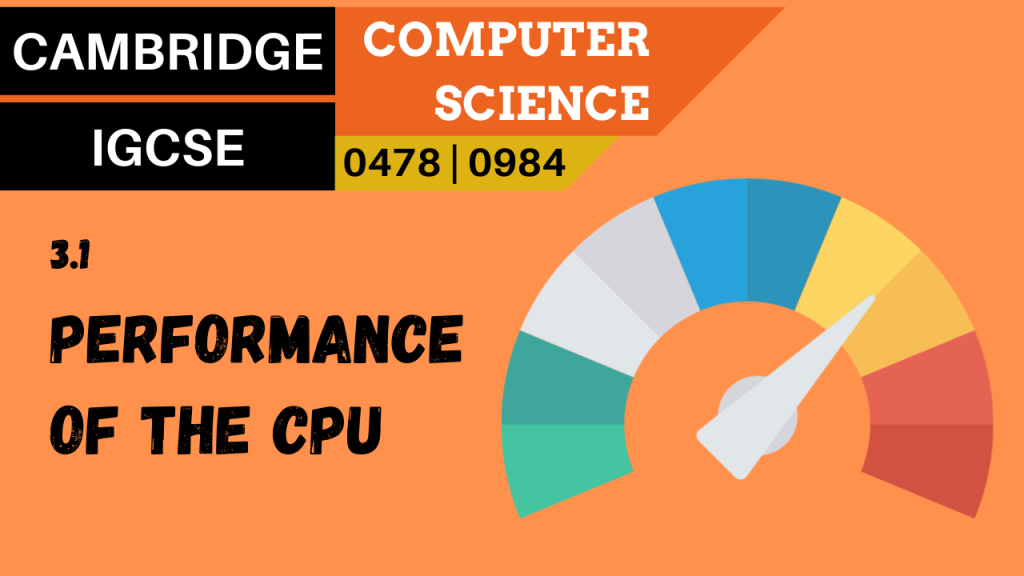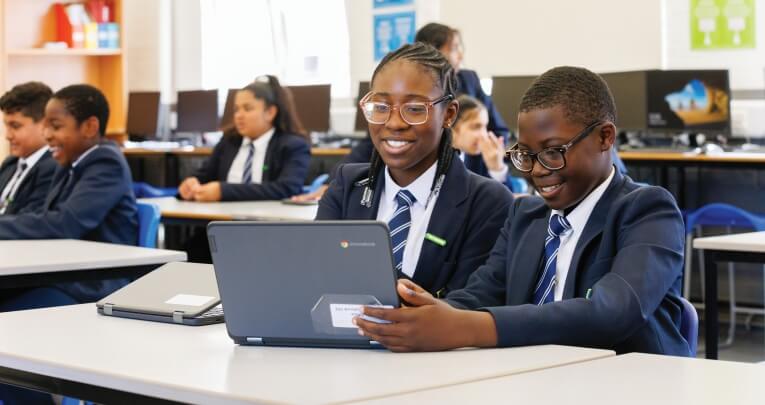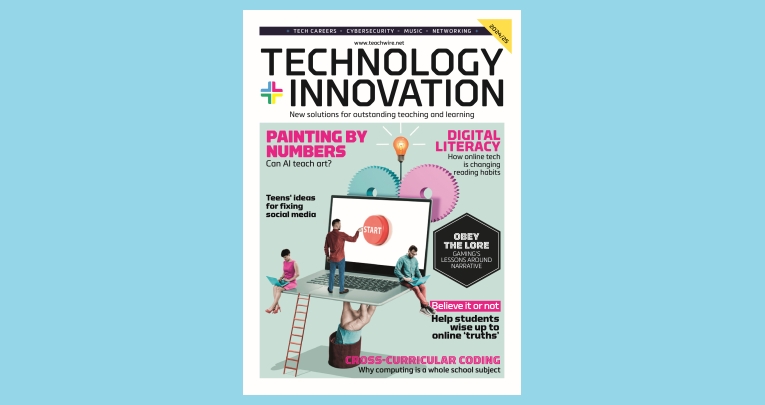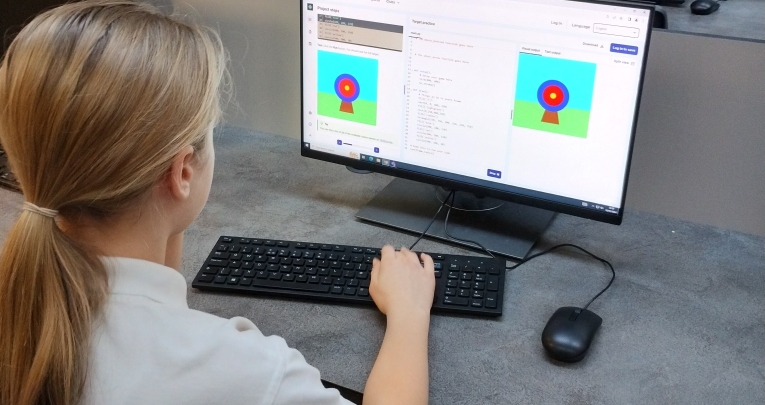At Craig ‘n’ Dave, we are known for our highly commended videos, which support AQA, Edexcel and OCR specifications at GCSE and A Level.
Due to increasingly popular demand, we are introducing a new video series to support the Cambridge International GCSE 0984 and 0478 courses.
What makes Craig ‘n’ Dave videos so popular?
Firstly, our videos are not sponsored and don’t contain any advertisements. We don’t believe in advertising to students, nor do we want to create unnecessary distractions when they are learning.
Secondly, our no-nonsense videos present the essential knowledge students need to know for the examinations.
We aim for each video to be no more than 12 minutes long – just the right amount of time to ensure students maintain engagement while also eliminating unnecessary waffle.
A question we are asked frequently is, “Are the videos enough for me to get the top grade?”.
It’s a bit like asking whether reading a textbook will be enough – it certainly can be if a student can digest all that knowledge on their own, but true learning comes from active learning processes.
Our videos cover all the theory a student needs, which also makes them perfect for new teachers getting a feel for the scope of the qualification or brushing up on their own subject knowledge.

How do I get the most out of using video?
Using video in teaching is not a new concept, but the days of the teacher wheeling out the TV and spending a quarter of the lesson trying to switch it on are over.
Back in the day, students would gather around the telly cabinet in a darkened room eagerly awaiting something a bit out of the ordinary. Now, video can be an integral part of the learning process.
Blended learning, also known as hybrid learning, is a method of teaching that integrates technology and digital media into traditional, instructor-led classroom activities, giving each student more flexibility to customise their own unique learning experience.
Teachers can show a video to students at the front of the class, completely replacing the didactic knowledge delivery component of a lesson. However, video can also be used in other ways to help students even further.
One of the great benefits of video is that students can watch in their own time, pause, rewind and watch again.
Not only is it fantastic for revision, but it also solves two major classroom problems – students only having one opportunity to hear their teacher explain a new concept and ensuring absent students don’t get left behind.
Instead of playing the video at the front of the class, teachers could have each student bring in a cheap set of in-ear headphones and watch the video at their own pace – and without distractions – only moving to the next stage of the lesson when they are ready.
Alternatively, they could use the video as reference material when completing in-class activities. Modern streaming services like YouTube support chapters, subtitles and even translation, augmenting content to suit each learner.
There is also nothing stopping students watching the videos for homework, either to assist them with out-of-class activities or prepare them for the next lesson.
Known as flipped learning, students watching a video ahead of a lesson establishes a solid foundation of knowledge – this can accelerate the learning process considerably because it eliminates the so-called chalk-and-talk aspect of a lesson.
Instead, teachers can start lessons with deeper or higher-order questions based on the video content, freeing up more time for stretch, challenge and interesting activities that they otherwise may not have time for.
Video is also fantastic for remote learning, supporting students who are keen to attain a qualification in a subject that their school or college does not offer.
A tried and trusted approach
Our new Cambridge IGCSE videos follow the same trusted formula as our other series; simple, illustrated presentations with a voice-over – nothing too fancy – with a pin-sharp focus on essential knowledge and careful consideration of the subtle nuances between qualifications.
A perfect example is our video on input and output devices. In previous specifications, students required a detailed knowledge of how these devices work, but not in the latest edition.
Unfortunately, many other IGCSE resources don’t appear to have followed these changes.
Students can expect to see summary slides where we condense the video into simple bullet points. Teachers with a Craig ‘n’ Dave membership can also download the PowerPoint presentations without the voice-over to use in their classroom as they wish.
Cornell note-taking
Experience has taught us that just asking students to watch a video is often not enough. They either don’t take it seriously or forget what they have been taught, much like they can in the classroom.
We strongly recommend employing a Cornell note-taking approach with our videos. Students should pause the video and capture key points each time they see the take notes icon on-screen – this may also include drawing simple diagrams.
Having done that, students can then review their notes and turn them into a set of questions; for example, “The program counter is a register that holds the address of the next instruction,” may become, “What is the purpose of the program counter?”.
These are questions they would typically expect their teacher to ask.
Finally, students should identify up to eight key terms introduced in the video – for example, register. By the end of the course, students will have a concise set of notes that they can also use as a knowledge organiser.
What students think
Craig ‘n’ Dave are real teachers with real students. We initially created our videos to support our own learners, but they quickly became popular with other teachers too.
Our students absolutely love them. They know that if they miss a lesson, they aren’t going to miss out on essential knowledge.
They enjoy the freedom to explore new things with increased lesson time and a sense of independence. They also particularly like being prepared for a future where they may need to take notes such as at university or in the workplace.
Of course, some students will persistently not watch the videos, which is where the usual school sanctions will need to be applied. We must also be mindful of the digital divide.
However, most students have access to a computer room or library outside of lessons and many have their own smartphone, so it is becoming less of an issue.
You can find our videos for GCSE, IGCSE and A Level Computer Science at student.craigndave.org.
Highly commended at the Bett Awards 2022, our videos are completely free for students and teachers to use and are also available on ClickView for schools that do not have access to YouTube.
All we ask is that you don’t rehost them on public platforms.








